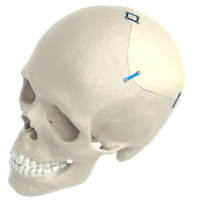

In addition, the majority of the bacterial strains showed higher adhesion to PEEK than titanium. In conclusion, our findings imply that regardless of the implant material type or tooling techniques used, salivary coating plays a vital role in bacterial adhesion. Salivary coating enhanced biofilm formation by S.

Saliva contamination of implants also effected bacterial attachment. faecalis showed higher adhesion to titanium as compared to PEEK. coli than titanium grade 2 and titanium grade 5, whereas E. The PEEK medical implant material showed higher bacterial adhesion by S. Bacterial adhesion on implants was evaluated in two groups (saliva-treated group and non-saliva-treated group) to imitate intraoral and extraoral surgical routes for implant placement. Two titanium specimens (titanium grade 2 tooled with a Planmeca CAD–CAM milling device and titanium grade 5 tooled with a computer-aided design direct metal laser sintering device (CAD-DMLS)) and one PEEK specimen tooled with a Planmeca CAD–CAM milling device were studied. The aim of this study was to access the biofilm formation of Staphylococcus aureus, Streptococcus mutans, Enterococcus faecalis, and Escherichia coli on titanium and PEEK medical implant materials. This study investigated two of the most commonly used CAD–CAM materials for patient-specific reconstruction in craniomaxillofacial surgery.


 0 kommentar(er)
0 kommentar(er)
